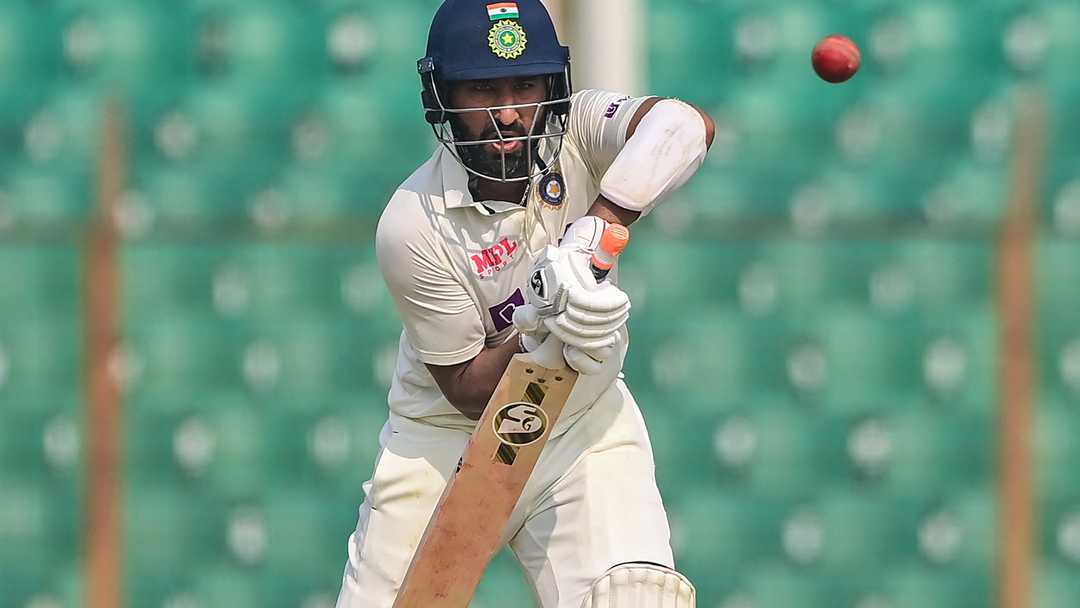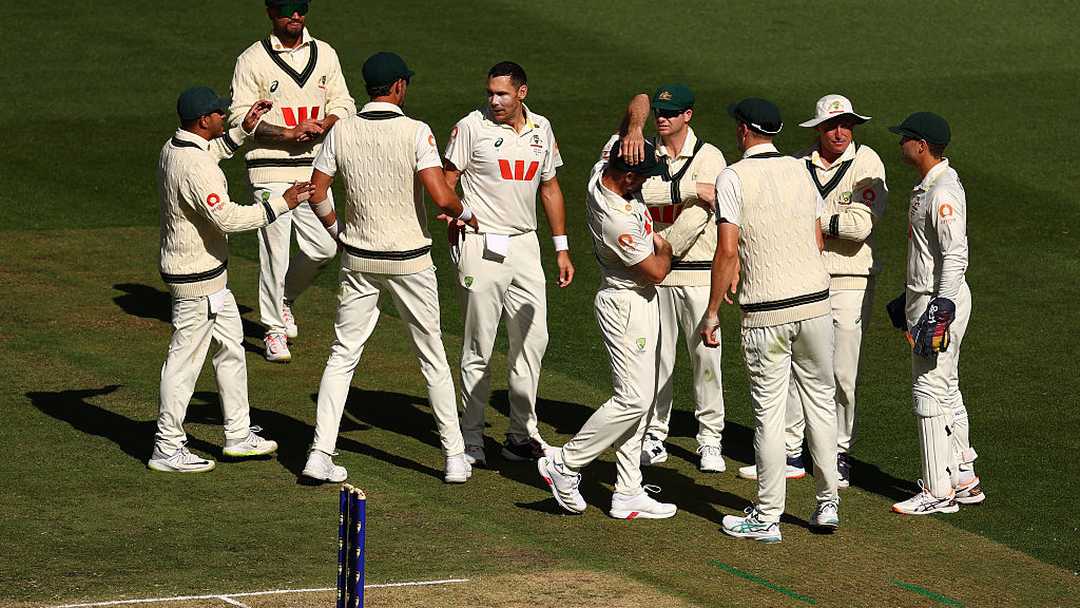
Cheteshwar Pujara: A master in stillness
There was always a sense of stillness to Cheteshwar Pujara. Not the stillness of inaction, but of intent. At the crease for over a decade, he seemed less a man fighting bowlers and more one negotiating with time. Every leave, every block, every push past point was a reminder from him that Test cricket, at its essence, was not about how quickly you can conquer it, but how long you can endure.
Pujara's numbers in Tests read: 176 innings, 7195 runs, 43.61 average, 19 centuries. But the essence of his storied career lives elsewhere. It lives in long afternoons he forced bowlers to bowl, in the miles he added to their tired legs, in bowling intensities he so expertly blunted and many times, in the floor he left open for the next man in to seize.
In the museum of his long career, two Australia tours sit pretty as the mantlepiece. Adelaide 2018 was classic Pujara. India were 86 for 5, Australia sharpening their claws on the first morning of a long tour. Then they ran into the human form of defiance, who set up shop for 376 minutes (or 6+ hours), carving a century out of uncertainty. That innings gave India a foothold to win their first-ever Test series in Australia. Pujara brought a delectable gumption for grit, and it consumed Australia whole. A century in Melbourne and 193 in Sydney – innings that seemed to grow roots in the middle of the pitch – wrapped it up.
Two years later in Brisbane, he played one of the most unusual great knocks. His 72 in the fourth innings chase came against a bowling pack that was meaner, particularly to him, in their desperation to not concede defeat at a citadel. He took body blows from Starc, Cummins and Hazlewood – blows that rang around the Gabba in anticipation of a surrender that never came. Instead, one of India's greatest away Test wins transpired, built on this unflinching defiance.
Harsher England conditions presented bigger challenges, and it showed in his inferior average there, but he still left marks that endure. In the first innings of the Southampton Test of 2018, there was daylight between his six-hour vigil worth 132 and the next best effort – Virat Kohli's 46.
Pujara's appetite for the grind seemed sharper on home soil. In Ahmedabad, 2012, he gave England bowlers the kind of ordeal that lingers in memory long after – more than 500 minutes of watching their plans turned to mincemeat by a batter who resembled a brick wall that refused to shift. Every passing minute and hour was another reminder that a contest with Pujara often lasted as long as he wished it to. He dead-batted and frustrated even on raging turners and against the best in the world. In Bengaluru 2017, Pujara's second-innings 92 set India up for a series equaliser after a shocker in Pune just a week before. A week later, Australia were left in a daze, sending down 525 balls to him in a single innings.
Watch him closely and you'd conclude Pujara's batting wasn't about aesthetics. It was about effectiveness, and erosion. Pujara eroded bowlers, their plans, their time. His were innings of smaller wins – an extra over forced, and a spell dragged beyond comfort to the point where bowlers looked a yard or two slower by the end of a harrowing evening.
As the career prolonged, there were criticisms too. That he was too slow. That he put pressure on the other batters. That his strike-rate belonged to a different era. And yet, some of these qualities transformed India into a team that could put up a fight anywhere in the world. His ways, his wearing down of the opposition, bought space for Kohli to flourish, for Rahane to counterattack and Pant to be his adventurous self. For years, he proved to be the scaffolding without which the structure of the Indian Test team would've been shaky.
India chose to move on from him after the World Test Championship final of 2023 – a year where his average dipped to 25. A peculiar phase when technique, his biggest ally through the years started to behave like a cold acquaintance. It robbed him of the core of his being as a cricketer – of time in the middle. But he pushed back, like only he knew, and continued soldiering on for Saurashtra in Ranji Trophy and Sussex in County cricket deep into the twilight of his career.
Ultimately, Pujara didn't fill Dravid's shoes, but stitched his own. His legacy is not just in the truckload of runs he made, but also in the resolute desire to occupy the crease for hours on end, in extolling virtues of putting a heavy price on his wicket and in standing out as an old-fashioned red-ball cricketer in a white-ball infested landscape. And, in making batting tenacity sexy again.


